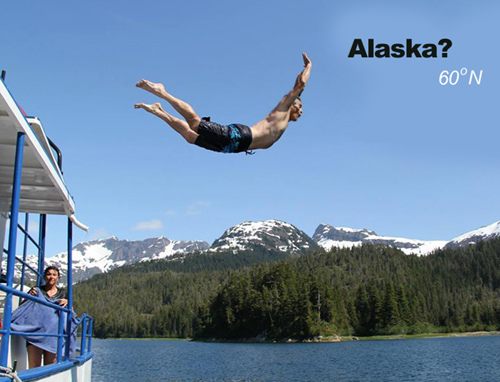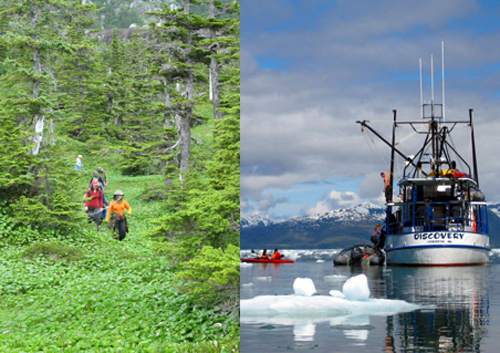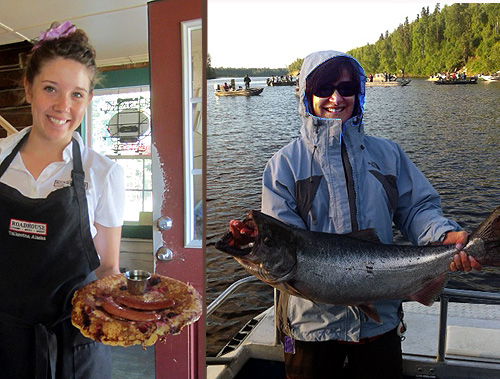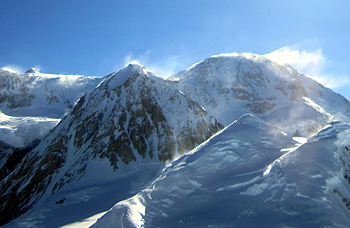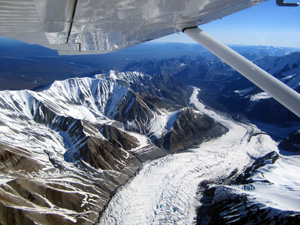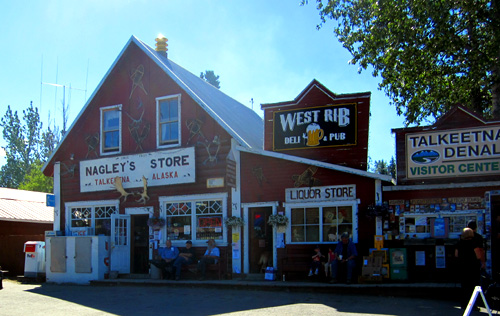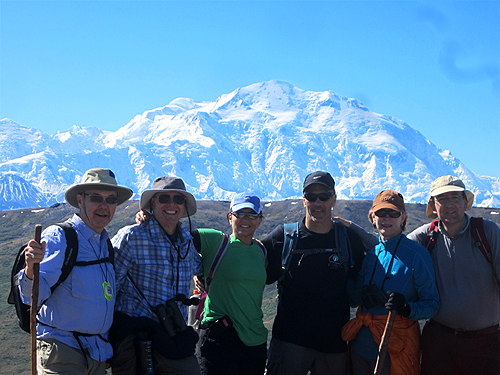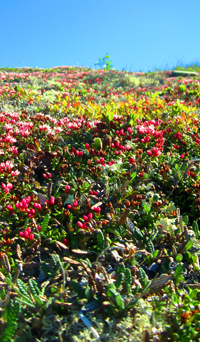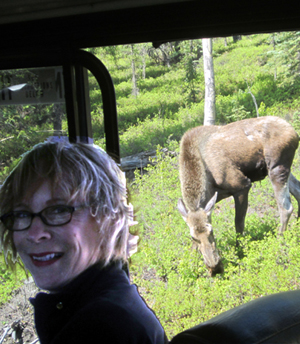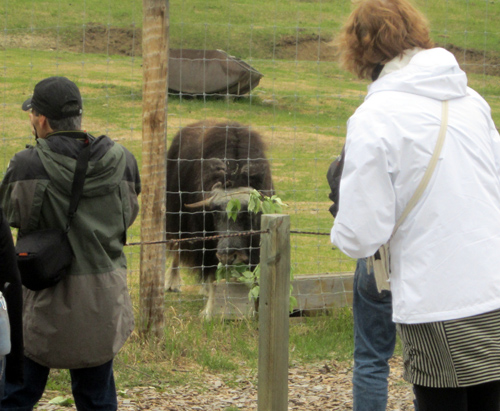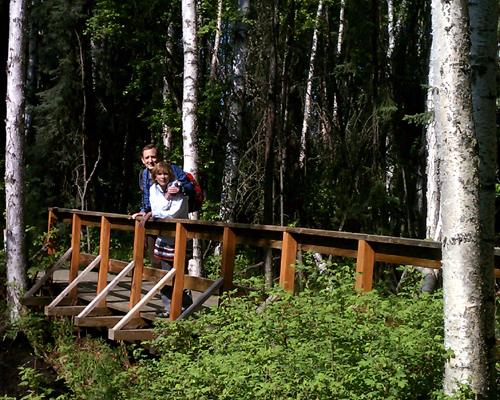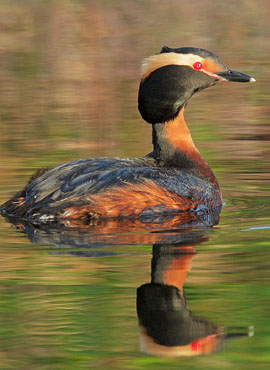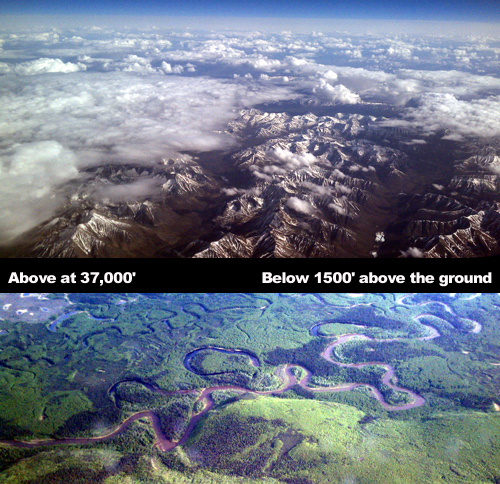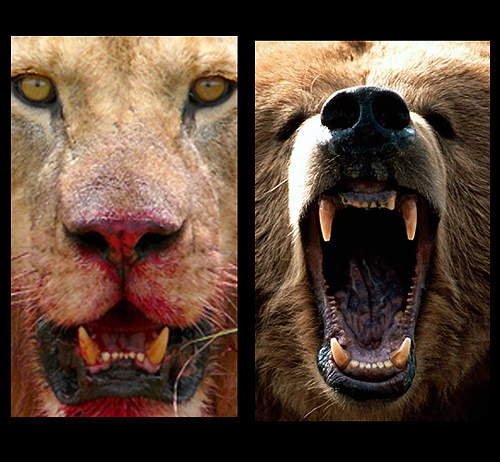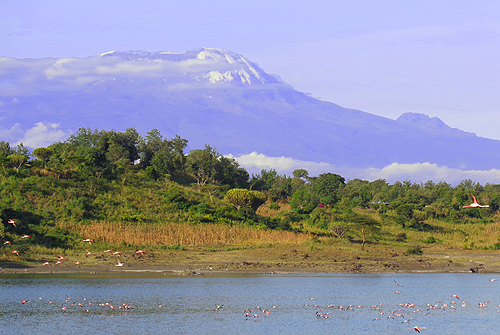 Grandpa Eddie and Grandma Gloria arrived with their two sons, their wives, and six grandchildren aged from 6 – 11 years old. I think it’s going to be a blast.
Grandpa Eddie and Grandma Gloria arrived with their two sons, their wives, and six grandchildren aged from 6 – 11 years old. I think it’s going to be a blast.
Family safaris are a big part of American travel to East Africa and the first question I get from the potential organizer is about the age of the children. What’s too young? What’s the ideal age?
These are questions that just can’t be answered generally. Every family and every child is different. Some travel well, some don’t. But I’ve never taken the questions seriously. It’s nice to ask, but the point is, the adults aren’t doing this any more for the kids than for themselves!
And that’s the way it should be.
When we were talking today about whether the kids as young as they are might remember anything, Gloria pointed out that Eddie rarely remembers anything from a vacation, today.
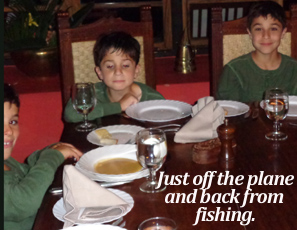
This isn’t grad school. You’re coming to have a good time and to keep the family together during that time, something that’s often difficult to do when home.
And from my point of view, there’s no better place to do it than Africa!
The overall experience, rather than recounting each animal or learning about the history of the great explorers or watching a lion eat, is what matters. And an African safari’s composite experience is powerful, and will remain with children and adults alike the rest of their lives.
And the experience is that more special when it is shared. And for sure everyone, even the youngest kid, is going to remember the charging elephant or roar of the lion outside the tent. But what’s most important is the feeling of wonderment and awe that transcends any given incident or moment.
Those warm and august memories are shared, from grandfather to grandchild, and carried as something they both discovered and cherish for the rest of their lives. An African safari is full of these, each and every day.
After an overnight flight from London everyone was pretty whooped. But the three boys started playing baseball right away on the expansive grounds of our lovely lodge on Mt. Meru. The three girls decided to go on a game drive with grandpa.
Arusha National Park is a convenient half hour from most of the lodges in the area, and it’s one of the most beautiful rainforest wildernesses in East Africa.
We saw zebra, buffalo, waterbuck, warthog, dik-dik, bushbuck and of course, giraffe. There are so many giraffe in the park that locals call it “Giraffic Park.”
And a very special treat was that both mountains, Kilimanjaro to the east and Meru which we were on, were out, and their peaks radiant. At one point we all got shots of flamingoes flying above one of the Momela Lakes in front of Mt. Kilimanjaro.
Tomorrow we head to Tarangire. Stay tuned!


